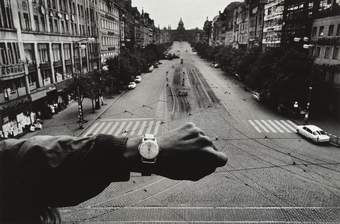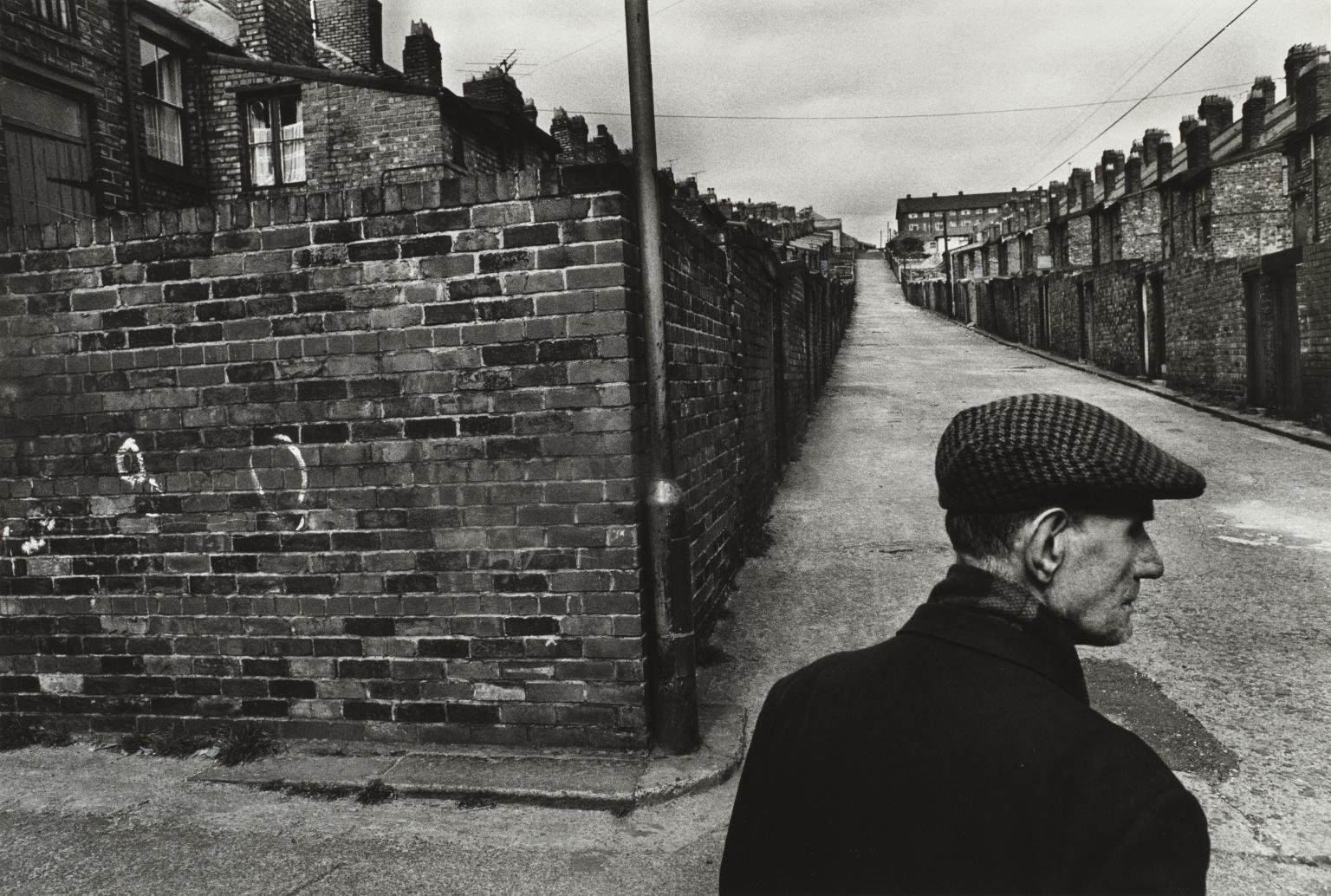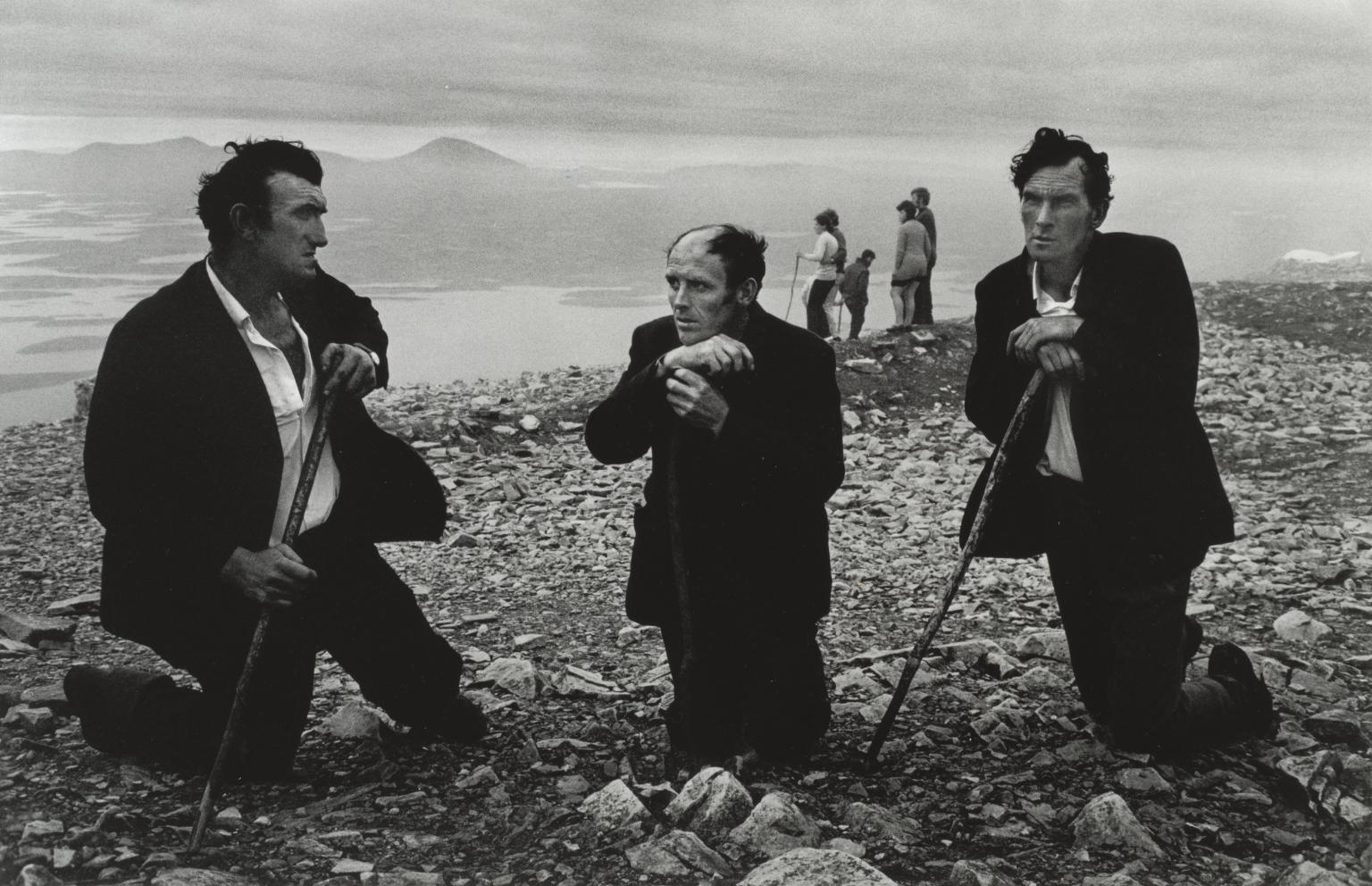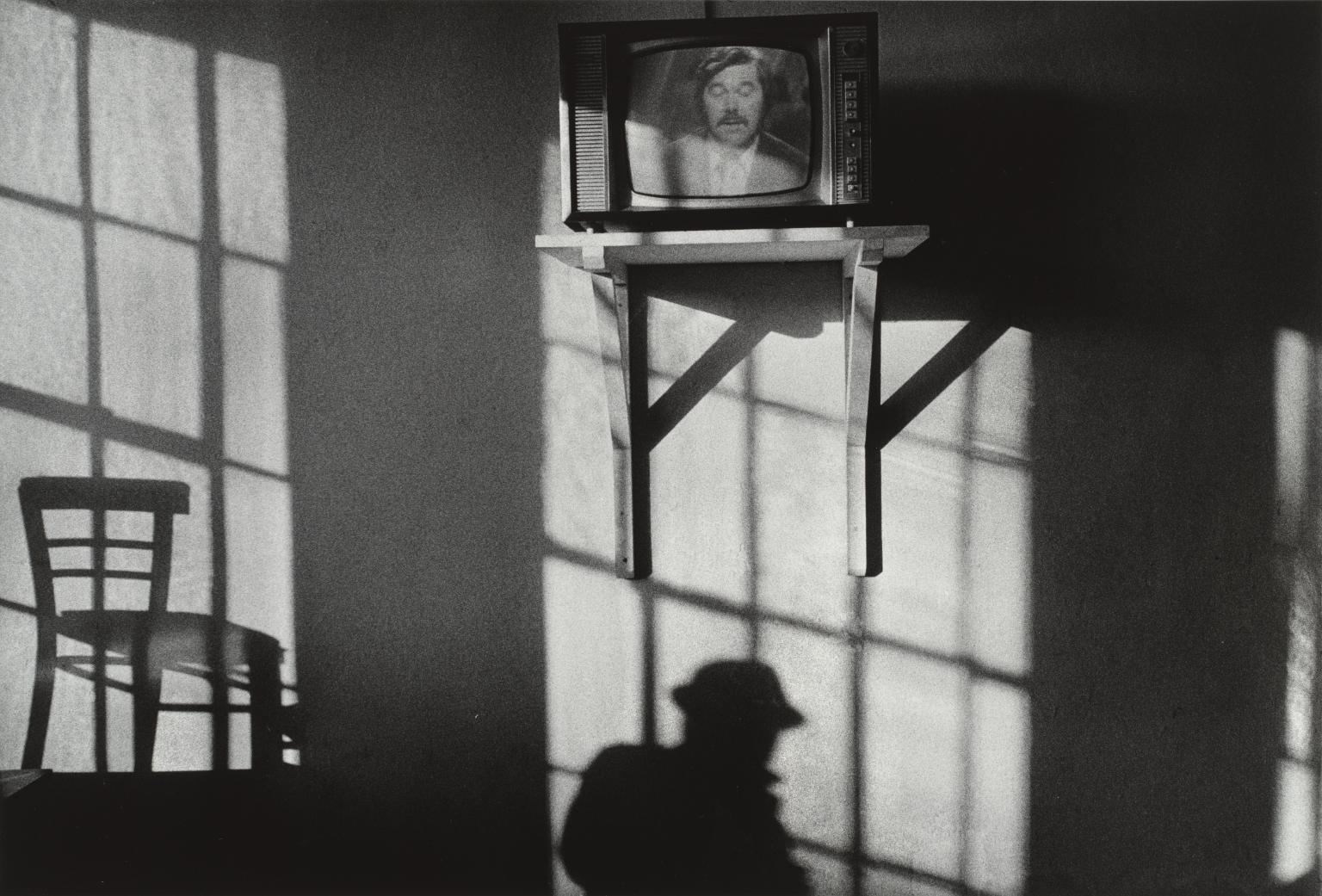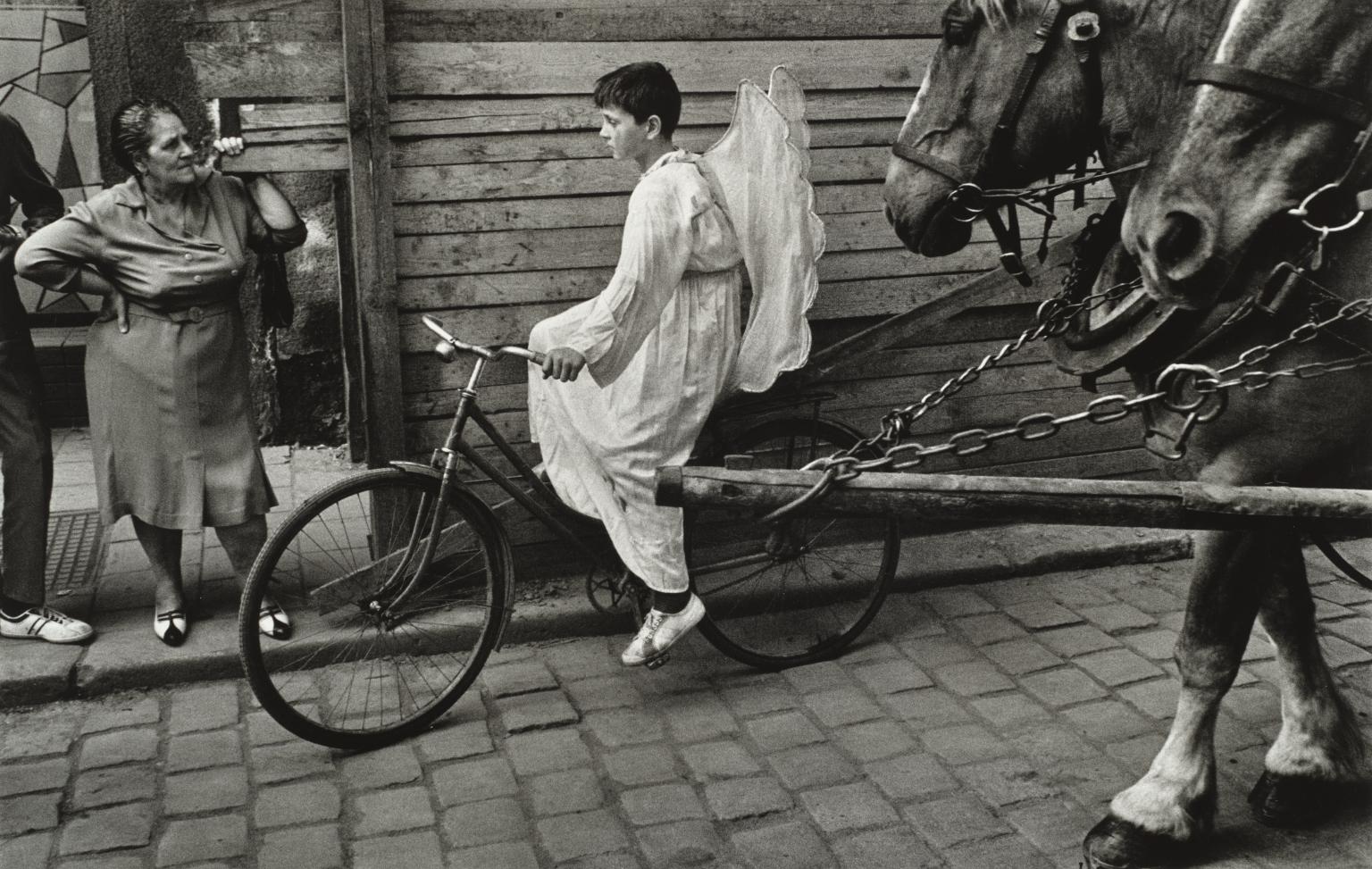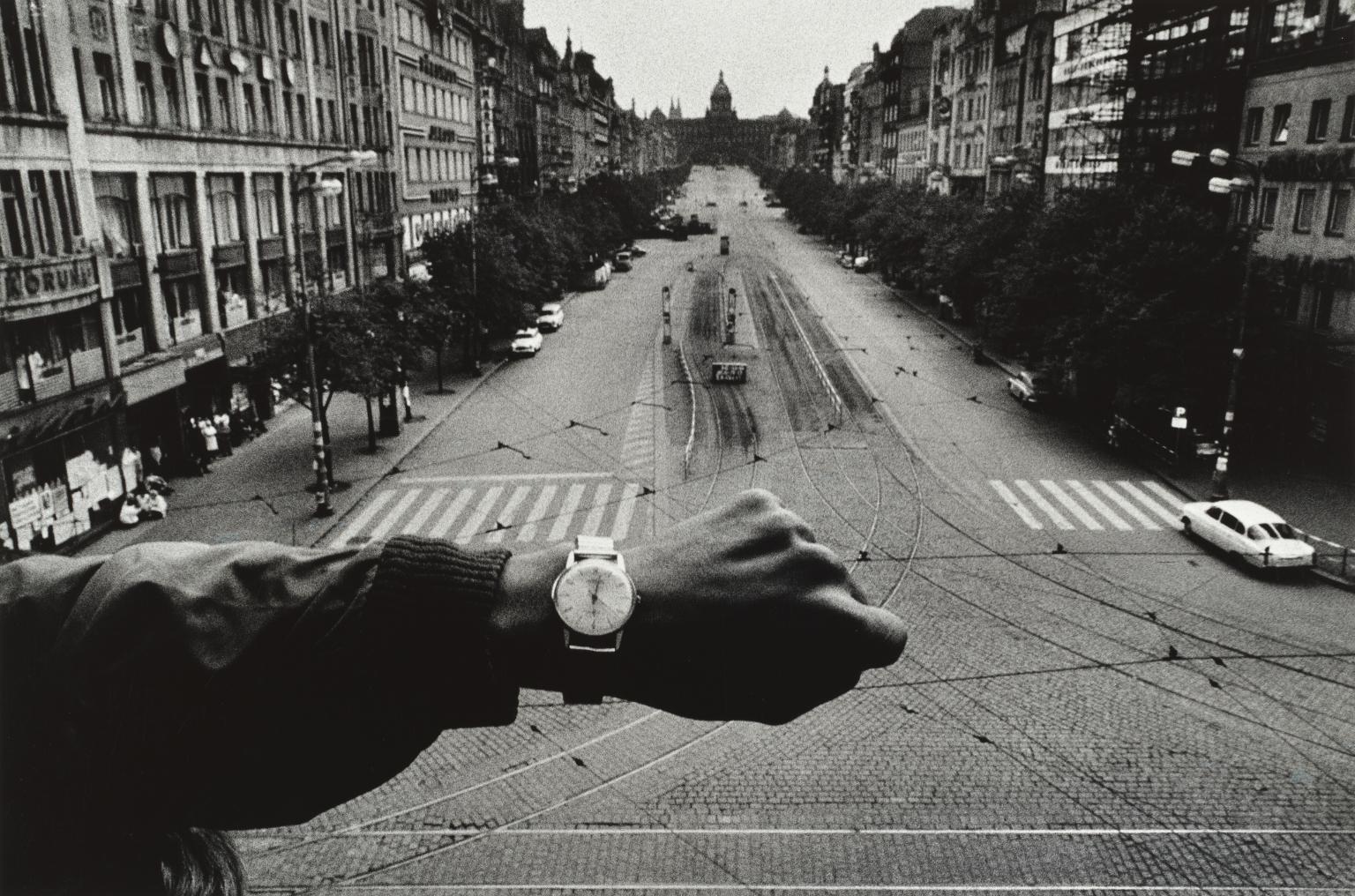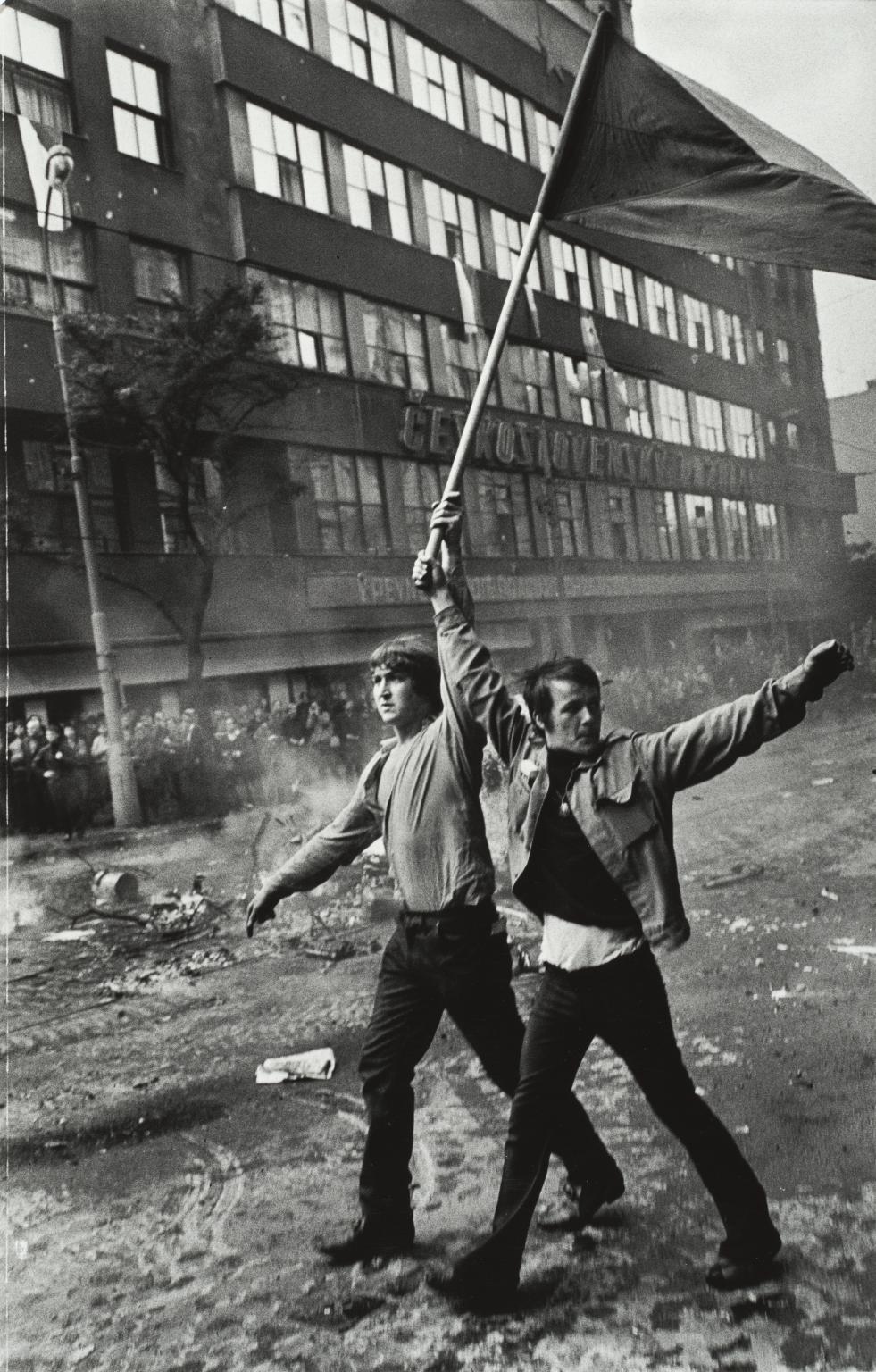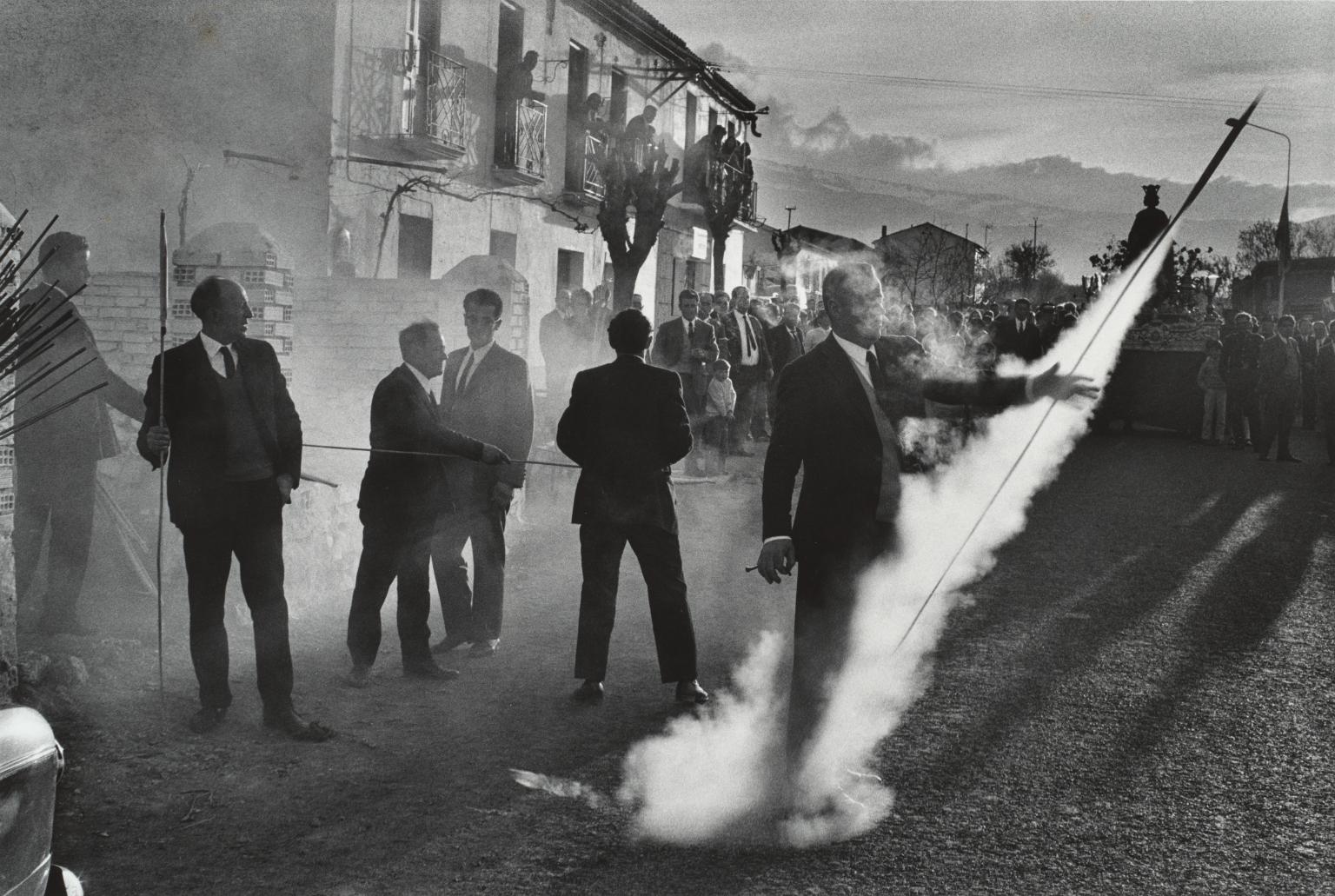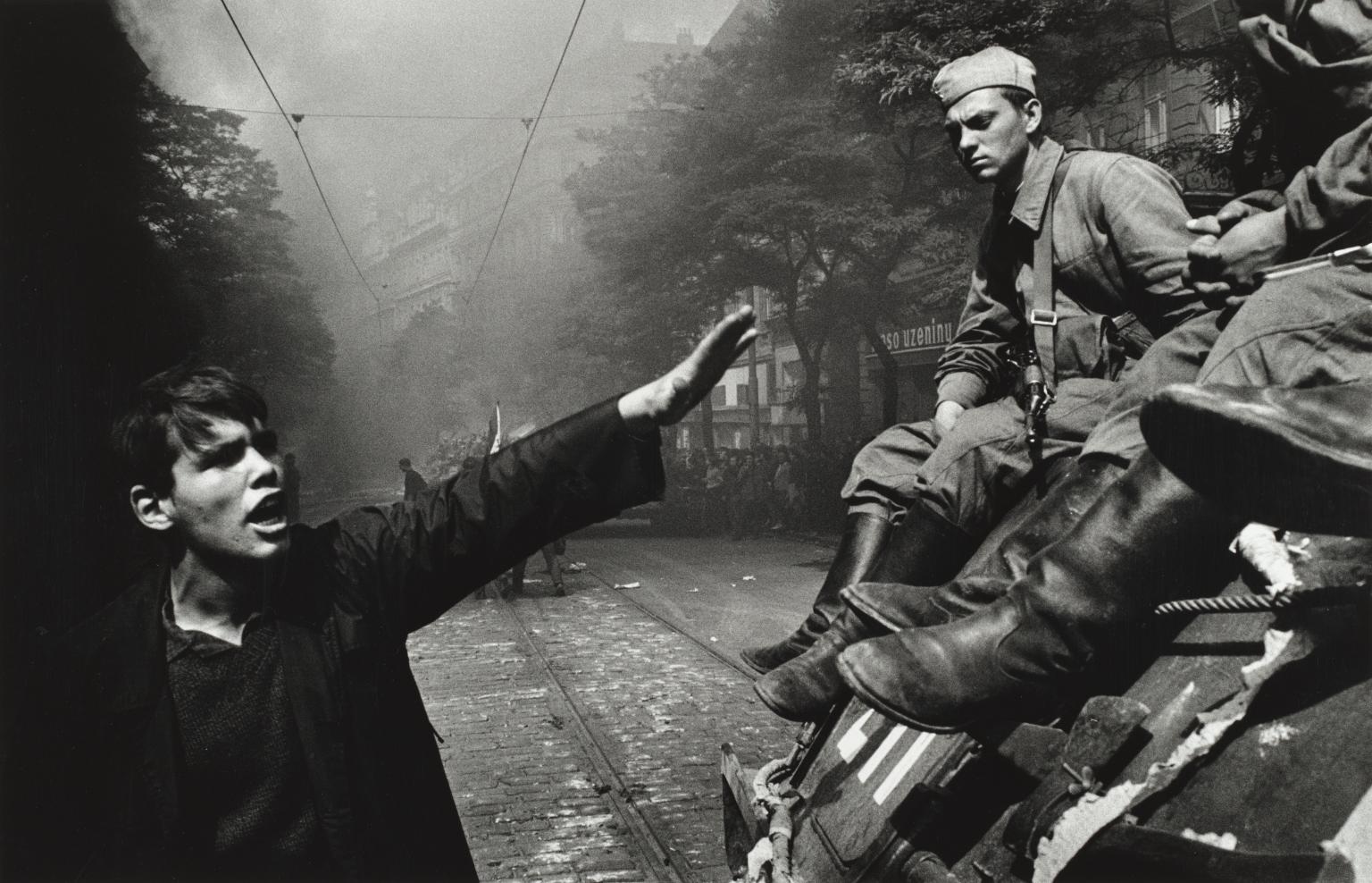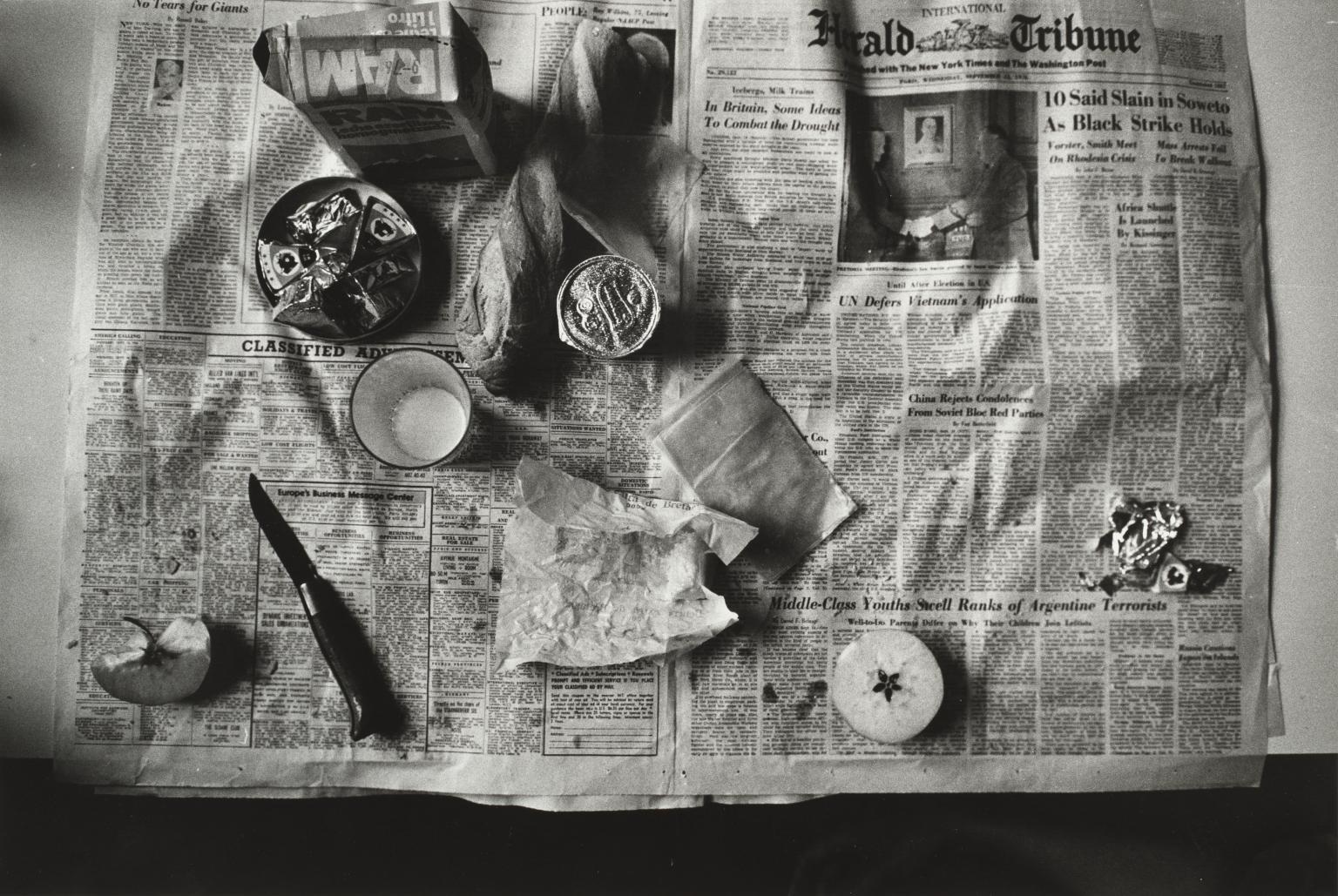12 rooms in Artist and Society
Informed by his experiences of political upheaval and exile, Josef Koudelka captures 20th-century Europe through a critical, yet poetic, lens
Born in 1938 in Moravia, then part of Czechoslovakia, Koudelka experienced the dissolution of the state, its reformation and subsequent communist rule. In 1968, Soviet forces invaded Prague, the nation’s capital. Koudelka took to the streets, capturing the events with his camera. He fled Prague in 1970, receiving political asylum in the UK, and began a nomadic life.
Each of the series displayed in this room – Exiles, Gypsies and Invasion – resonates with Koudelka’s personal experiences. He produced works which echoed his feelings of alienation and isolation as an exile. At the same time, there is often beauty and hope in his photographs, notably in his depictions of musicians, human interactions and the subtle nuances of everyday life. ‘Never stay for a long time in one place’, Koudelka wrote in the late 1970s. ‘When you stop somewhere … things start to stick. When you go from one place to another, you are cleaning yourself.’ Freedom and exile, it seems, might be two sides of the same coin.
Koudelka’s work is embedded in photography’s humanist tradition, which seeks to depict authentic human experiences. Although the photographs in this room were taken of different subjects in different places, when placed together they reveal a timeless narrative of societal and personal transformation.
Art in this room
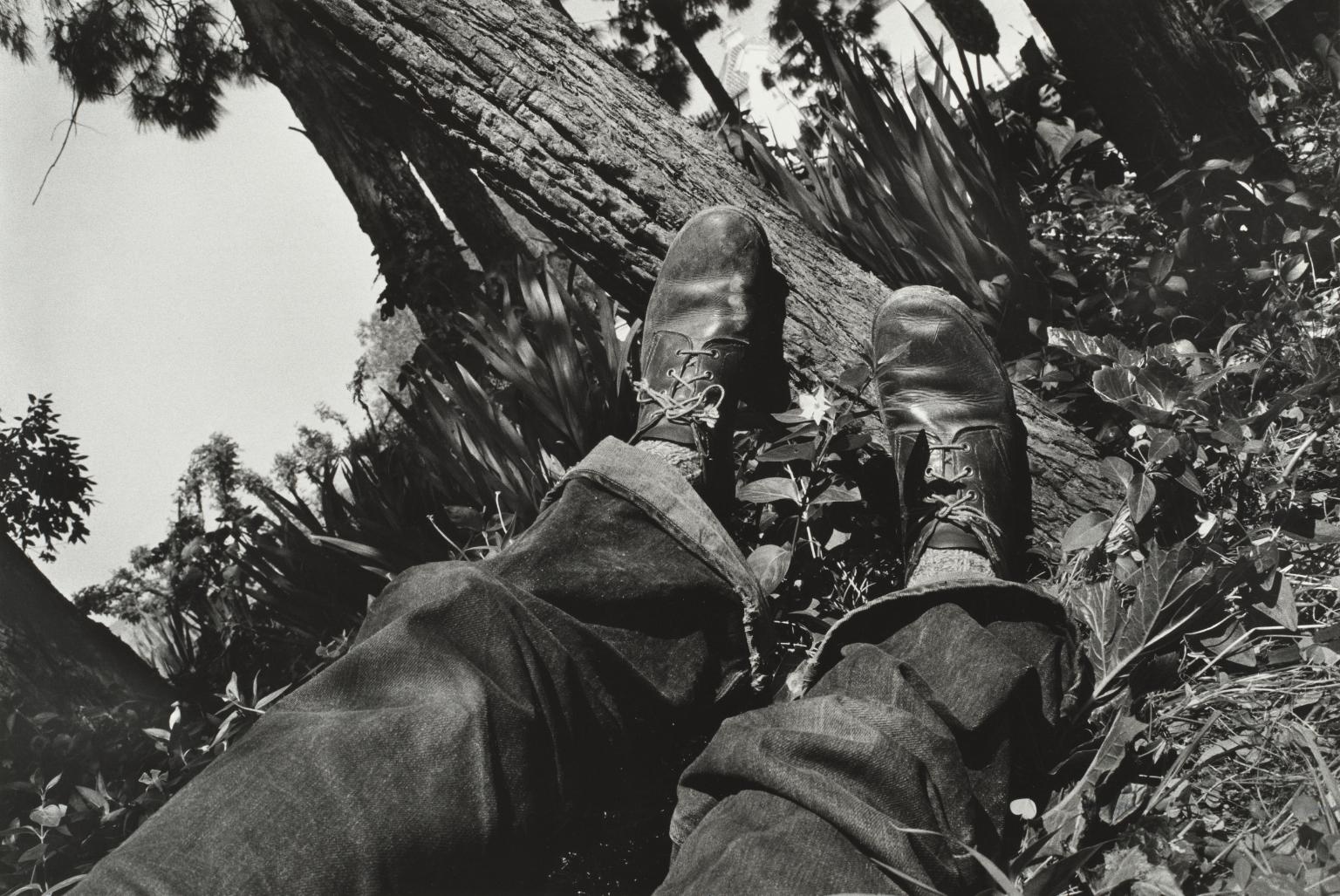
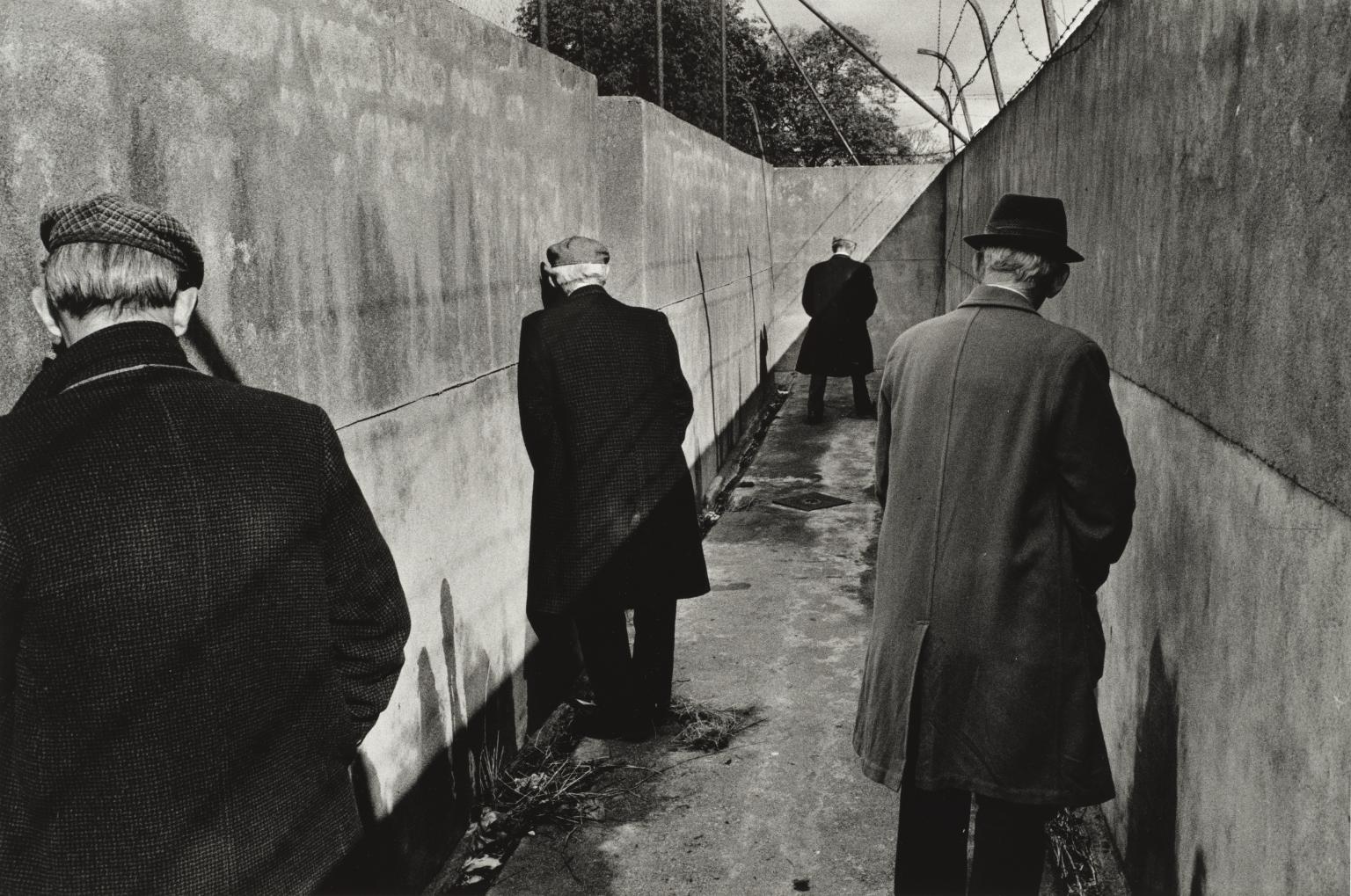
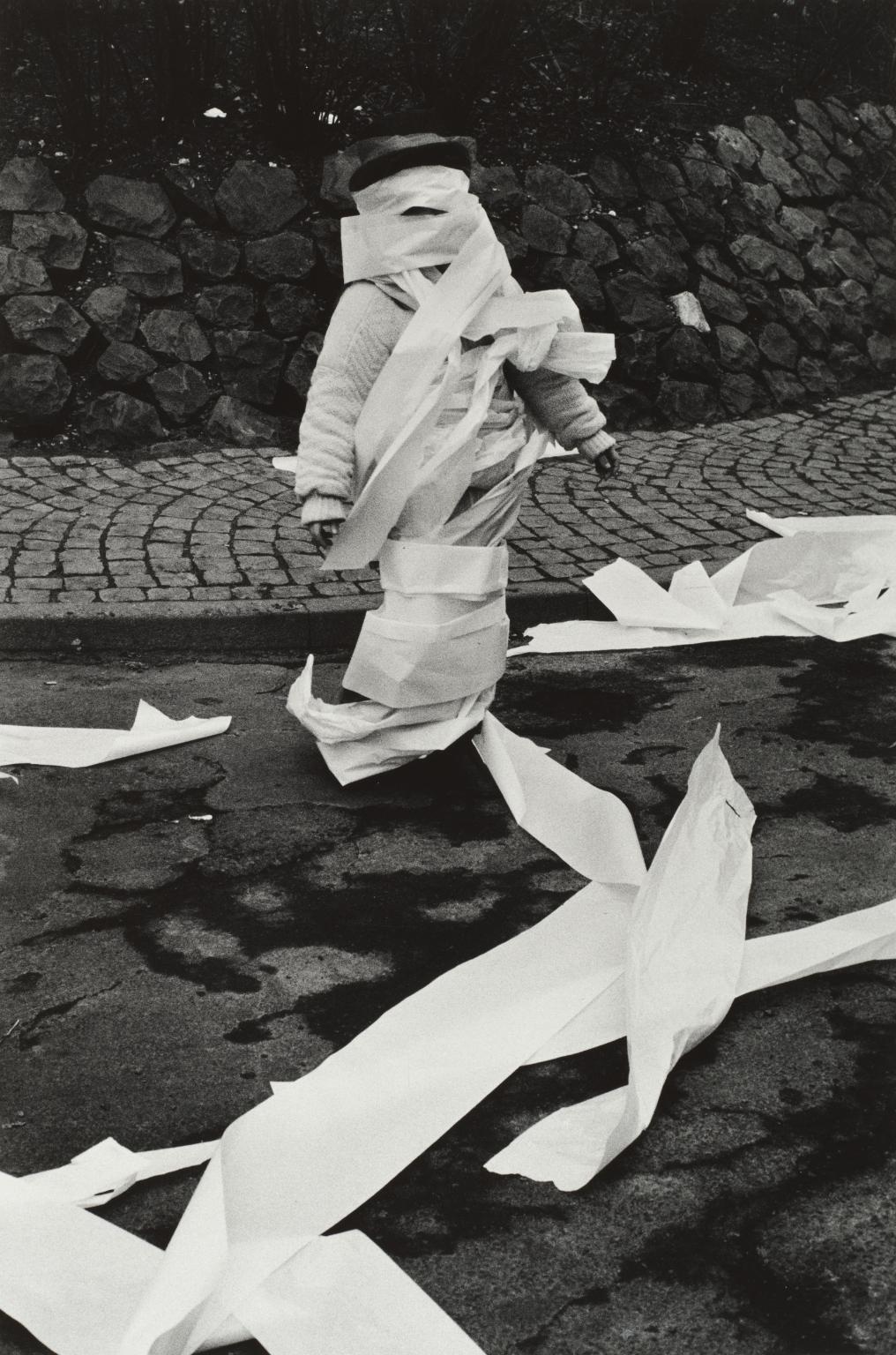
Sorry, no image available
Sorry, no image available
Sorry, no image available
You've viewed 6/20 artworks
You've viewed 20/20 artworks

